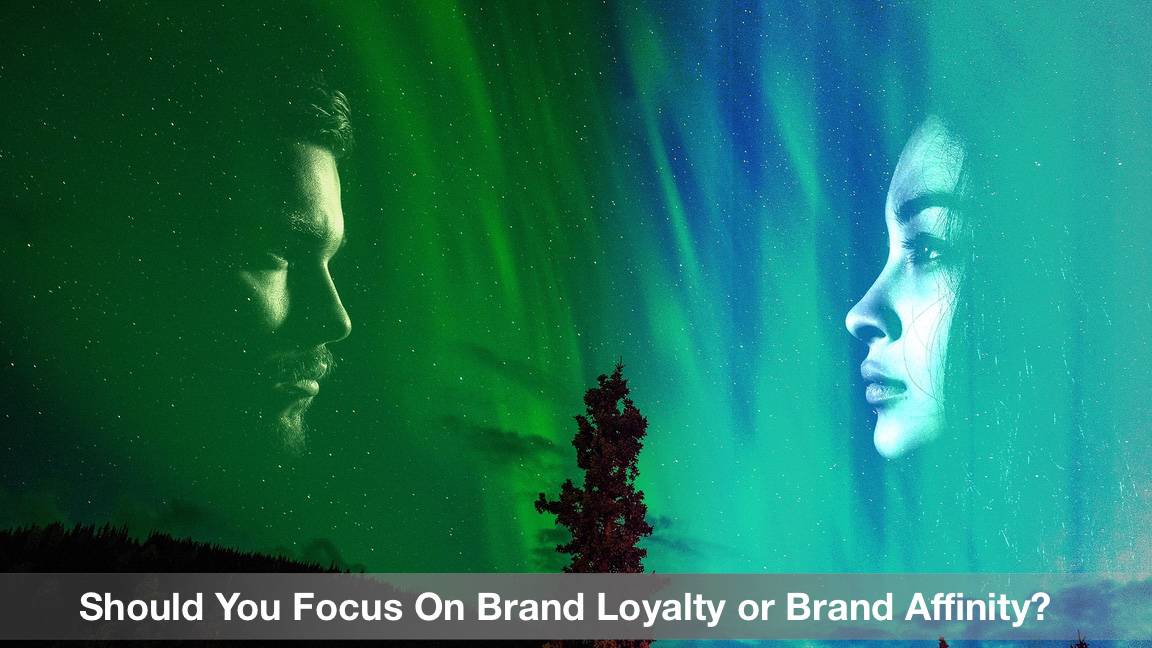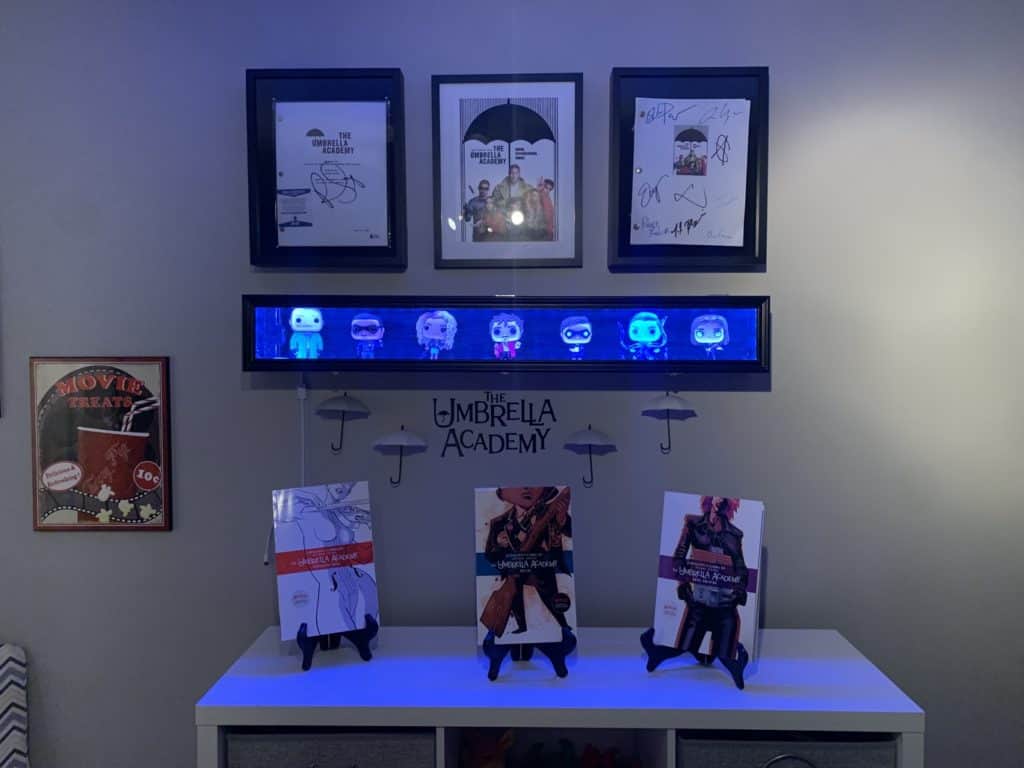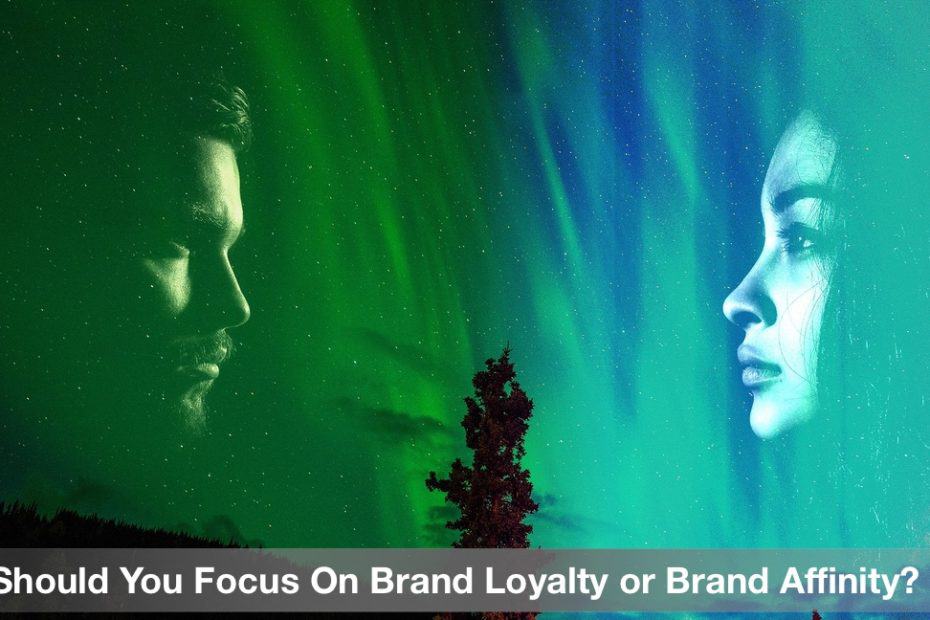
Brand loyalty and brand affinity. These are two ideas marketers and public relations (PR) people love to talk about.
Well, maybe the talk is more about brand loyalty but brand affinity hasn’t been left out in the cold.
More marketers talk about brand affinity all the time and with good reason.
Consumers have changed over the years. They have also become savvier as more are interested in a brand’s actions and what it stands for.
This means there are a whole new set of behaviors and consequences to consider.
Today, I’m going to explore whether you should focus on brand loyalty or brand affinity. Along the way, I’ll answer some other questions including: Is it possible to have the best of both worlds?
In the meantime, we need to start somewhere so let’s dive into brand loyalty.
What is Brand Loyalty?
Loyalty has long been the quality that companies have chased after. It’s treated like the holy grail.
But, before we get deep into the conversation, let’s take a step back and define loyalty so you and I are on the same page.
According to Merriam-Webster, the definition of loyalty is: the quality or state or an instance of being loyal.
That’s as clear as mud. Maybe we should look to see what it has to say about the definition of loyal. We have: faithful to a cause, ideal, custom, institution, or product.
When you put these two definitions together you have: loyalty is the quality or state or instance of being faithful to a cause, ideal, custom, institution, or product.
This is a mouthful so let’s simplify it a bit.
I’m going to define brand loyalty as: people being faithful to your company or product.
Stop and think about this for a few seconds.
Brand loyalty is pretty powerful for your company. The idea that people won’t even consider another service or product because they are loyal to you, who wouldn’t want that? No wonder marketers and companies are chasing after it.
Let’s look at a brand loyalty example.
When I was a kid, I played drums. To play drums, you need drum sticks and there were several companies that made them but in my small town, the music store only carried Vic Firth and Promark. I was a rock and roll kid. This meant I paid more attention to the rock drummers and it seemed like they used Promark drum sticks so that’s what I chose.
For years I didn’t entertain using anything but Promark drumsticks. I tried different models within the brand to find the best stick for me but the brand I bought was never in question. It was Promark all the way.
You have loyalties as well. There is that company, product, or service that has your loyalty. You won’t even consider buying anything else unless you’re in a pinch and even then you won’t be happy about it.
This is brand loyalty but what about brand affinity?
What is Brand Affinity?
I wrote about brand affinity a few months ago so I’m not going to go into great depth again here but I am going to borrow from myself a bit.
First of all, what is meant by affinity? This time I went to Dictionary.com and found the following definition: a natural liking for or attraction to a person, thing, idea, etc.
Right away, you see a big difference between loyalty and affinity.
What is the meaning of brand affinity? It’s having a natural liking or attraction to a brand.
Like loyalty, there are brands for whom you have an affinity. You’re just attracted to them. You know there are other options and maybe you have tried them and they may be fine but it’s not like the brand that you use.
It almost feels too simple so let’s look at some brand affinity examples.
When I was playing drums, I developed an affinity for Zildjian cymbals. I had purchased other brands such as Paiste and Sabian but there was something about Zildjian. I just loved their cymbals.
You didn’t have to see my cymbals set up to know that I liked Zildjian. I had plenty of other items with the Zildjian logo on them that were clues to my affinity.
I had the cymbal bag and enough t-shirts to where I could have worn one every day of the week. I even had a beautiful Zildjian jacket that I got for Christmas one year.
Ten years I was still wearing the Zildjian jacket. I wore it until it was nothing and I had no choice but to get a new one. I miss that jacket. I wish I still had it.
Funny enough, they started making drum sticks too. I never bought any because my loyalties were elsewhere but I did have a Zildjian drum stick bag which is kind of ironic.
In my brand affinity article, I talked about my friend Whitney and her affinity for The Umbrella Academy. She likes the show but she likes it to a degree that she collects Umbrella Academy merchandise as well.
On her birthday, she got an autographed Umbrella Academy script.
Then one day she sent me a picture of her Umbrella Academy Funko Pop display which has grown into what you see below. She calls it her shrine.

I knew as she talked about it that it was more than loyalty. After seeing the picture above, I know you’ll agree. It’s brand affinity.
Brand Loyalty or Brand Affinity?
At this point you are likely thinking, “Which one is better? Brand affinity or brand loyalty? Is it possible to have both?”
I’ve spent some time thinking about this myself. To be honest, the first time I really started thinking about brand affinity was when attending a webinar and Rand Fishkin mentioned it. Before his comments on it, I had always seen brand loyalty as the benchmark.
I know I wasn’t alone. When doing keyword research for this article on Moz, I noticed it was harder to compete for keyword terms that included “brand loyalty” vs. “brand affinity”. This included long-tail keywords as well.
This makes sense as you have likely seen many more references to brand loyalty in social media posts, blogs, podcasts, and videos compared to brand affinity.
To answer the question I posed earlier, I don’t think it’s either brand loyalty or brand affinity. I think it’s possible to have both but it can be complicated.
One would think that loyalty implies affinity but this could be a fallacy.
You may use a brand solely because its the only one you’ve ever known.
Let me explain with an example.
When I moved out on my own for the first time, I bought many of the products that my mom had always purchased. Tide, Jif, and Pam to name a few. I knew there were alternatives but these were the brands that were used in our household so that’s what I bought.
Tide might have looked at my buying behavior and deemed me loyal but it was more of a loyalty to what I knew which happened to be Tide.
What was lacking was affinity. Eventually, I stopped using Tide because I had no affinity for the brand. I didn’t view it any more favorably than anything else. It was just laundry detergent. Based on my behavior, I saw it as a commodity.
Loyalty can be broken if the price isn’t right or if an influencer comes along with something else that is a better solution. This is especially true if your loyalty is tied to what you know and not the product itself.
It may not happen overnight but it can happen over a period of time.
This brings into play that maybe loyalty isn’t as powerful as we think it is. Maybe it’s conditional based on a moment in time or even the circumstances.
Think of the brands you use even though there is a cheaper alternative on the market. Maybe there are some features another brand has that could be seen as superior.
Affinity erases both these things.
I’ve always used Apple products. I know they are more expensive compared to many of their counterparts. I know that some of their competitors may make a better product but I don’t care. My affinity for Apple so that’s what buy.
Samsung could spend $1 billion on an ad campaign focused specifically on me and it wouldn’t matter. Unless Apple really makes me angry, I’m not switching.
I used this example because it shows that affinity leads to loyalty. My affinity for Apple created loyalty. My loyalty to Tide didn’t create affinity.
It’s like this for you and many of your customers. There may be loyalty but no affinity or affinity that has built loyalty.
Building Brand Loyalty vs Building Brand Affinity
Building brand loyalty isn’t easy but this hasn’t stopped companies from trying and in many cases it’s worked.
Maybe you have a rewards card or are part of a loyalty program. These programs offer you something in return for using them.
Use our product and we’ll give you something. It could be a free flight or a gift card. Whatever it is, they are using it to influence your behavior.
The problem with a loyalty or rewards program is it’s built on a transaction. This commodifies it and the problem with commoditization is it is typically about the price.
This doesn’t mean a rewards or loyalty program doesn’t have people enrolled in it that don’t have an affinity for your company or your product. What it does mean is that it’s not meant to create affinity. It’s built to reward the customer for their behavior.
Loyalty focuses on creating behaviors that benefit the brand first and you second.
Companies don’t tend to offer a brand affinity program because it’s not transactional. It’s based on an experience.
However, you can create a program that focuses on brand affinity for your company.
This first piece is to create great content.
You want people to come running every time you create something new. If you have a new blog post they have to read it. If you have a podcast, they can’t wait to listen. If you have a video, they want to watch it. I could go on but you get the idea.
The second piece is to create a good experience. The content is only a piece of this. You need to pay attention to how it’s being delivered. If you have ads or videos that automatically start playing and multiple pop-ups your not creating a good experience. You’re telling them what you want is more important than what they need. Keep all these extraneous things to the bare minimum.
The third thing is to let them know you’re appreciative. Thank them for reading, listening, watching, or attending. Engage with them when and where you can. Instead of making them feel like your the center of their world, show them how they’re the center of yours.
The relationship is symbiotic. You need them as much as they need you.
But beware, affinity is not a destination. It’s a journey. It’s also hard to build and easy to destroy.
Build Brand Affinity First
Brand loyalty is wonderful but it should be a long term strategy and it should tie to brand affinity.
I know building affinity is harder. I know it takes longer but the rewards for both you and your customers will make it well worth it.
Focus on building brand affinity first and brand loyalty will take care of itself.
*Image by Furkan Ertas from Pixabay
- Is Your Marketing Connected? - March 6, 2025
- Stop Planning and Start Strategizing - October 24, 2024
- The Importance of Creating a Connection With Your Marketing - June 6, 2024

